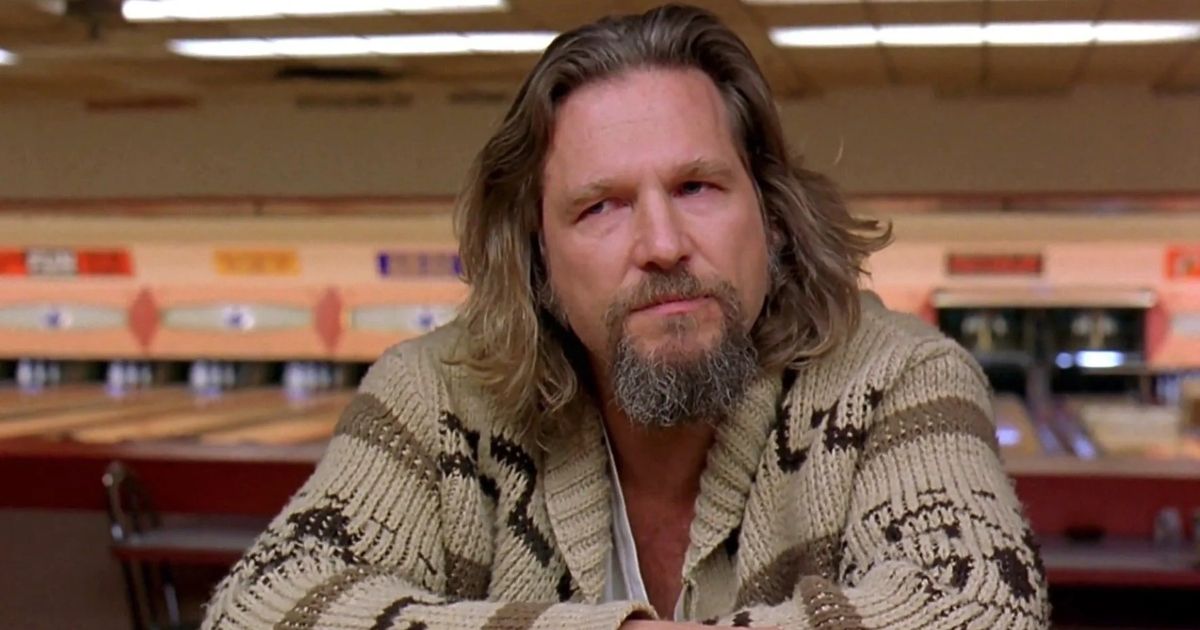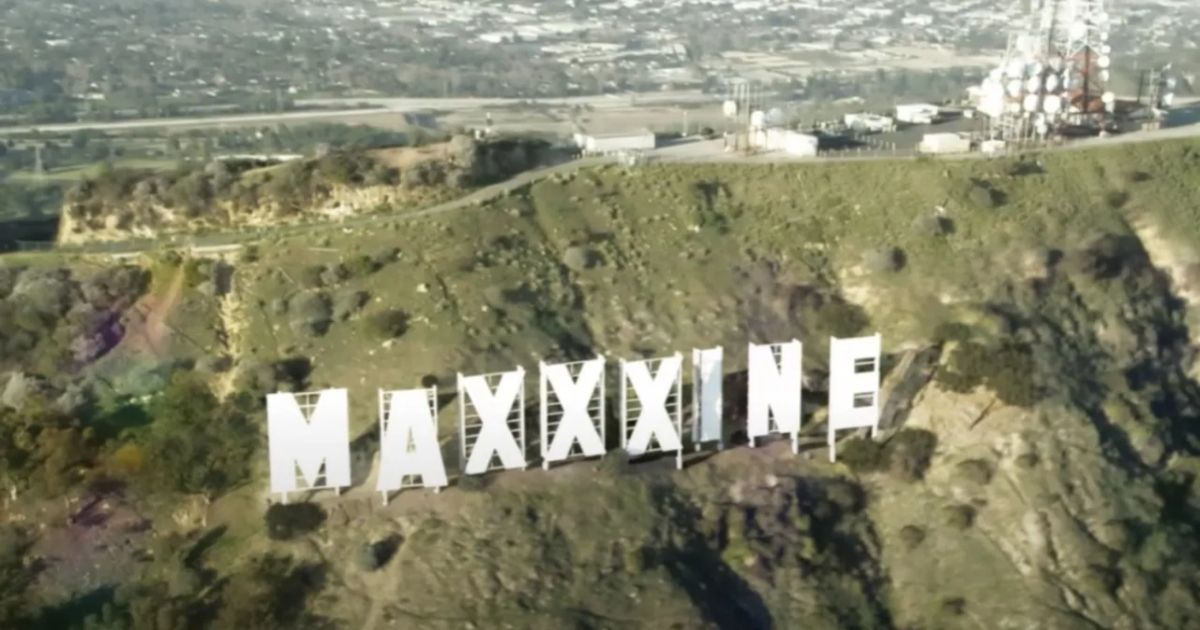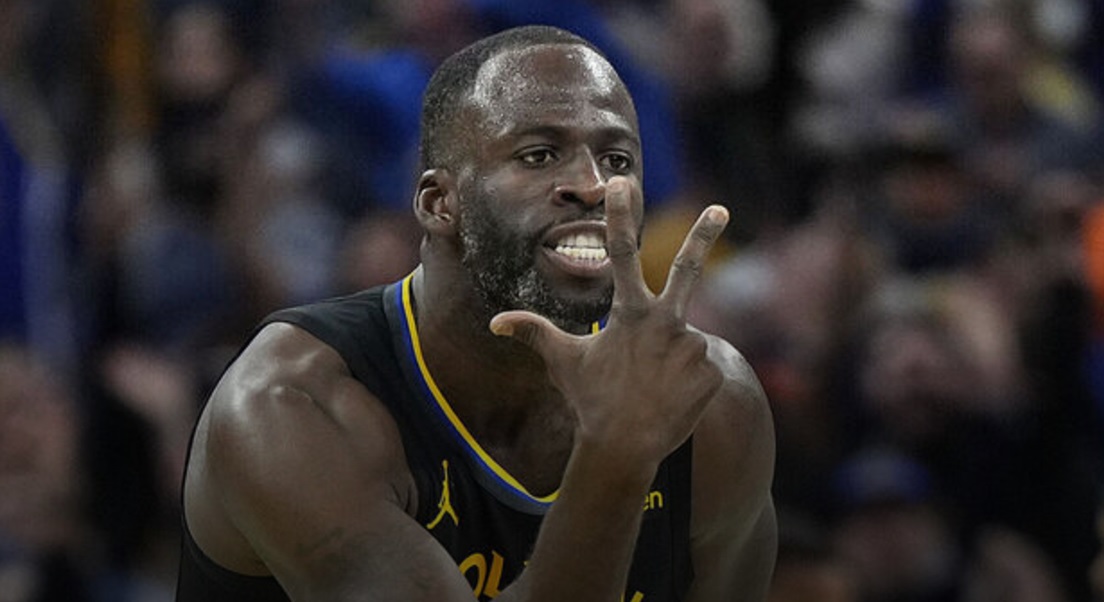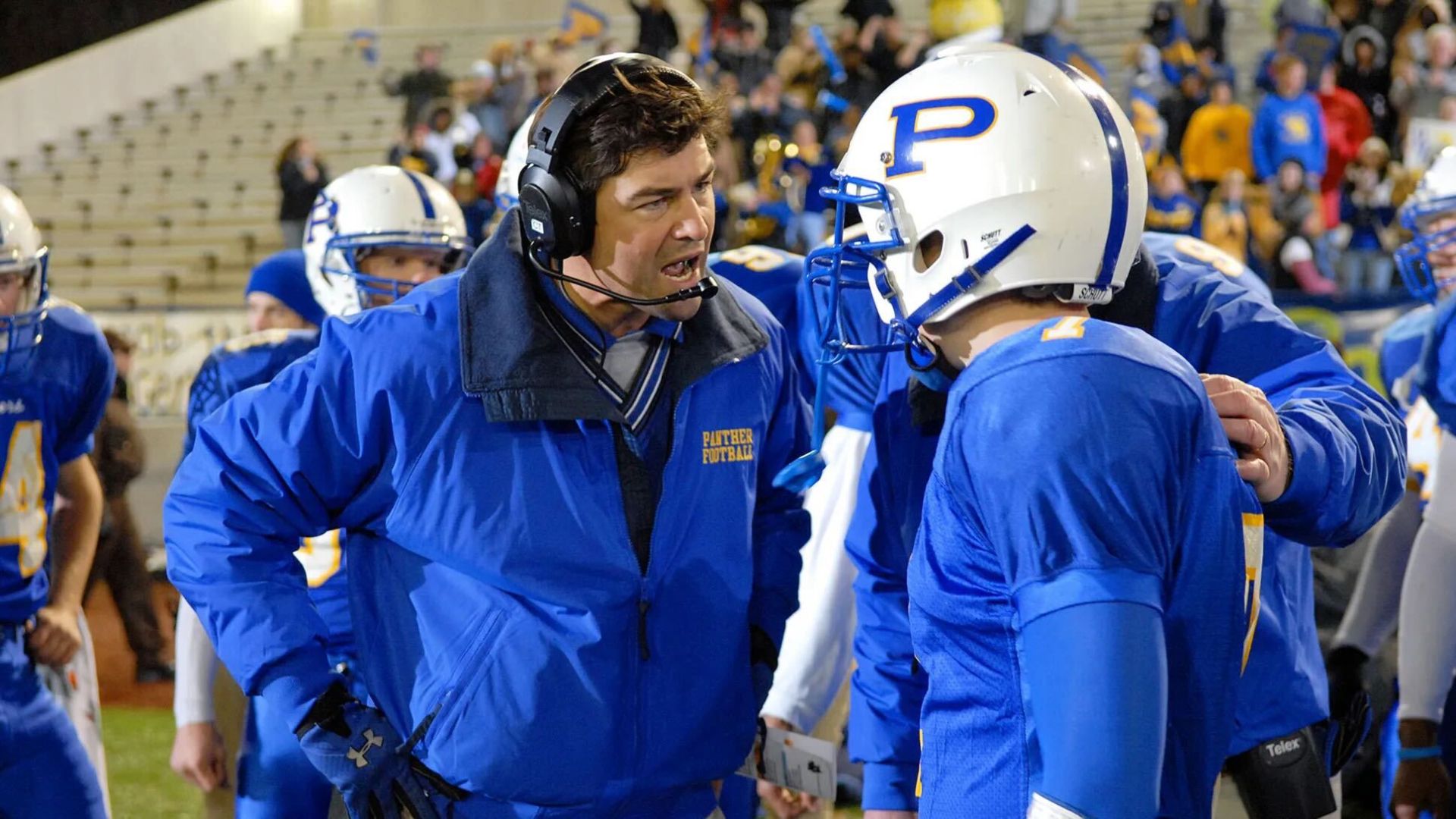Capitalism is like a Cheeto — highly processed, dependent upon a great amount of low-paying labor, tasty but without nourishment, leaving a Lady Macbeth-like residue upon the fingers of each snacking participant. It’s that interesting excess, the stain of its lingering remains, that’s perhaps most interesting about the metaphor. Something is left over after each transaction, a fine dust of profit and discomfort. It’s a bit of reality after indulging in the fantasy; the food particules seem to ask, ‘Where did these Cheetos come from? How much gas was burned to deliver them to your mouth? Who profited off of them? Who actually made them, how much were they paid for their labor, and how are they doing?’
MOVIEWEB VIDEO OF THE DAYSCROLL TO CONTINUE WITH CONTENT
Or just wash your hands of it all and forget. Take a peek inside the bag before the next bite with Flamin’ Hot, a vibrant new movie meant to inspire and uplift. The film joins recent titles like Air, Tetris, and Blackberry (not to mention House of Gucci, Ford v. Ferrari, and others), all of which offer unusual biopics of products and brands, be they shoes, games, or phones. Of course, it’s Flamin’ Hot Cheetos in this new film, the first feature directed by Eva Longoria.
Longoria and a great cast help Flamin’ Hot stand out from the rest of the pack (or package, in this case) by focusing less on products and more on people. This is a whimsical biopic of Richard Montañez and his wife Judy, meant to be a celebration of their Mexican culture and working class values, and not a cheesy, feature-length bite of Frito-Lay product placement.
However, there’s almost something even more ambivalent about the film as a result, but we’ll get to that. For most people, Flamin’ Hot will be a delightful snack — feel-good fun with a little cheese and not much nutrition, but enjoyable nonetheless. This marks the end of our gastronomic puns, so let’s get to the main course (woops).
A Colorful and Comfortable Underdog Story
Searchlight Pictures
Flamin’ Hot has an almost immediately comforting vibe, in the sense that everything is familiar but done very well, and every character is charming enough to warrant your attention. There are all the familiar, cheesy tropes (a voiceover in hindsight, little POV fantasy sequences, the struggle and the strife followed by inevitable success), but Longoria’s direction is colorful and efficient. She gets to the point, traversing years of time in playful ways that never feel disorienting. The whole film feels fun and swift, but also grounded in Jesse’s emotional headspace.
Richard Montañez grew up without much in life besides a good mother. Ostracized at school, he learned to survive in creative, profitable ways, as if he was born a little entrepreneur straight from birth. He knew how to hustle, moving from burrito capitalism (selling his mom’s wonderful cooking to white kids whose minds were blown by the flavors) to theft and gang life, epitomizing the school-to-prison pipeline developed by systemic injustice (and capitalism, but hold on, we’re getting there).
Jesse Garcia Shines Among a Great Cast
Eventually, Montañez wanted to get respectable and be a citizen. He started a family with lovely wife, Judy (a lovely but underused Annie Gonzalez) and began a job as a custodian at the Frito-Lay plant. He has a contagious curiosity and interest in the workings of the plant and the people who are there, and Jesse Garcia’s performance is award-worthy. He’s genuine and sweet in an unsentimental way, with a puppy dog energy and working class resilience. Garcia is impossible to resist, and makes Richard perpetually worth rooting for.
Once at the Frito-Lay factory, Montañez meets and slowly befriends Clarence (the great Dennis Haysbert), an intimidating but ultimately kind man and brilliant engineer. While Montañez is Mexican-American and Clarence is African-American, they both exist in that dash, where so much of society relegates people (especially in the ’80s and ’90s when the film is mostly set). They bond and help each other grow when none of the upper management will promote them or listen to their ideas.
Related: Exclusive: Dennis Haysbert and Matt Walsh Talk Flamin’ Hot
Judy helps Richard grow, too. Together, they come up with the recipe for the Flamin’ Hot Cheeto, and Richard navigates around the system in order to grab the attention of PepsiCo’s chief executive, Roger Enrico (Tony Shalhoub). Interestingly, Enrico later became DreamWorks’ Animation Chairman — at the top, most things look the same.
Is Flamin’ Hot Based on a True Story?
Searchlight Pictures
Rounding out the cast are comedy legend Matt Walsh (no, not that Matt Walsh) and an excellent cast of Mexican-American actors, including Emilio Rivera, Pepe Serna, Bobby Soto, and Jimmy Gonzalez. Everyone does well in Flamin’ Hot, though it’s undoubtedly Garcia’s show, because the film is essentially filtered through his perspective. For instance, while Flamin’ Hot may be touted as a true story by some, and Montañez has certainly told the story the way it’s presented in this film, there is some reporting that contradicts the factuality of the movie.
Make no mistake, Montañez really did start as a custodian at Frito-Lay and worked is way up to a top executive position, having stayed with the company for more than four decades, but it’s highly doubtful he actually invented Flamin’ Hot Cheetos. This was originally reported by The L.A. Times two years ago; as journalist Sam Dean wrote, “Montañez made it, from rags to riches, from factory floor to corporate suite. He just didn’t make Flamin’ Hot Cheetos.” Far from Richard’s community in California, it was apparently a junior employee named Lynne Greenfeld in Plano, Texas who developed the product. Vanity Fair followed up recently in an article titled, “Flamin’ Hot Scam: Did the Flamin’ Hot Cheetos Creator Sell a Lie?”
Honestly, for most people, this will likely be an unimportant tidbit, as they’ll take inspiration however they can get it. Groundhog Day isn’t based on a true story, yet it still inspires change and can make someone want to be a better person. In fact, it’s the idea that Flamin’ Hot is literally a POV piece, with history subjectivized through Montañez’s exaggerated memory, that makes the film more fascinating.
From the Perspective of Fantasy Capitalism
Searchlight Pictures
“This is 1,000% the truth of Richard Montañez, and he was very involved,” explained Eva Longoria to MovieWeb. “The minute I sat with him, I was like, I want the movie to be in his POV. It’s got to be from his POV. I want to be in his mind […] And that’s probably what makes the movie most entertaining is we are in Richard’s head 100% of the time.” While the math doesn’t add up, it’s clear that this is not meant to be a wholly accurate depiction of capitalism, but a cinematic, easily digestible portion of it. And that’s the really interesting thing — the film reveals that, in order to tell an inspirational story under capitalism, you have to present a hidden fiction.
Related: 10 Movies With Excessive Product Placement
As mentioned, Flamin’ Hot is a biographical comedy about an individual and his family and community, and the actual product and corporation are more like the setting in which the story’s told. The other ‘product films’ may dramatize slightly, but they’re basically based on true stories. Here, the product has to be a supporting character, the narrative has to be tacitly fictitious, and the story has to celebrate family and immigrant culture in order for the film to successfully promote the fundamental lie of our economy — You can make it! Even if the odds are against you, the government doesn’t care, and society rejects you as an ‘alien’ other, an ‘illegal,’ you can still make it! Just work hard, you’ll get there!
Of course, we know this to be false. “The top 10% of households own 76% of all wealth in the U.S., while the bottom 50% of households own just 1% of all wealth,” according to the Federal Reserve’s Survey of Consumer Finance (as reported by Finance Buzz). The myth of meritocracy convinces the working class that if they study and work hard enough, they can succeed and join that 10% of elites.
The Spicy Meaning of Flamin’ Hot
In actuality, arbitrary happenstance is the only friend of the working class, because the main cause of economic success is simply predetermined (your family’s bank accounts and what property they own, where you are born, and so on). Flamin’ Hot flirts with union solidarity, the power of the people, and class consciousness, mainly in Richard and Clarence’s friendship, but only barely. While the movie may appeal to liberals with its story of working class Mexican-Americans rising above racism and heading to the top of corporate America, the fantasy of Flamin’ Hot is ultimately conservative — traditional family, meritocracy, a kind CEO who recognizes hard work, a happy ending.
Thus, there are two readings of Flamin’ Hot, both involving a bit of cinematic subterfuge. You can wash the Cheeto dust off your fingers. Most people will accept the fantasy and see this as a colorful, fun, uplifting movie about an underdog’s success, and as a result, they will be sold the lie of capitalism, and they will associate corporations with happy working families, all Citizens United.
Some viewers, however, may choose to study the orange junk food particles coating their fingers and open their eyes to something else. Some people may see through the fantasy and recognize the altered artifice of the film and its spicier interpretation — to be inspired and uplifted by our economic system is to be delusional, to live in a hyperbolic fantasy of someone else’s design. In reality, the pursuit of happiness and fulfillment does not coincide with capital, and to feel good in this world, you have to believe in flaming hot fiction. At least until the revolution, or the collapse. In the meantime, we can choose how to interpret the world, and decide what to do with our own stained hands.
From Searchlight Pictures, Flamin’ Hot is now available to stream on Hulu and Disney+.
You can view the original article HERE.





























